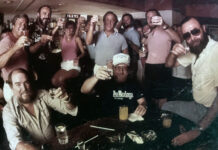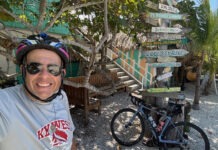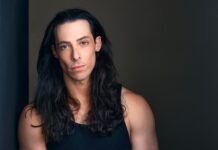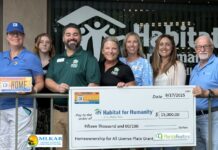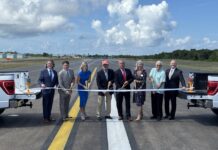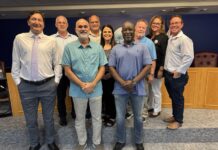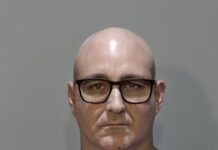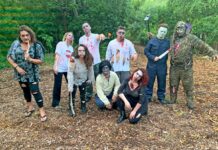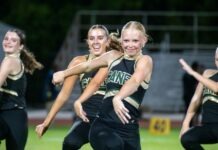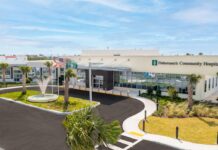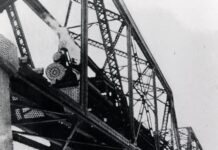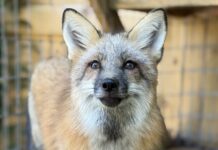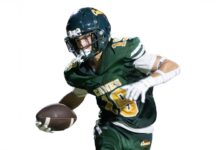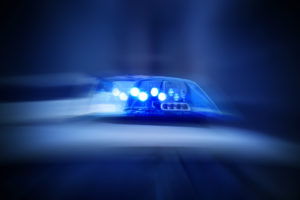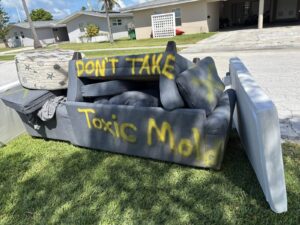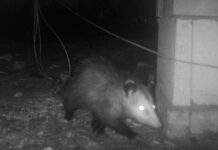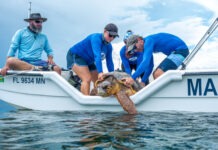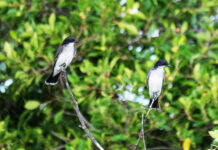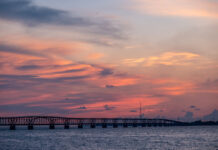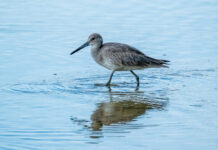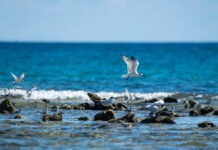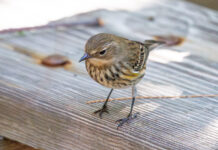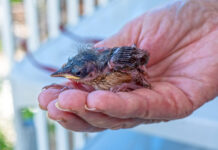In a certain way, owning a decent camera with a long lens has ruined birding for me. Or at least ruined things that previously would have suffused me with satisfaction.
I remember, years ago, the first time I saw a Swainson’s warbler, a small, brown, skulky bird that spends its days flipping over leaves with all the grace of a tai chi master. I mean, a Swainson’s can be five feet away and throwing leaves like Jason Statham throwing tables in a bar fight, but it will do it with such subtle and supple moves you could be staring right at it and not even notice it happening.
The first time I saw a Swainson’s warbler was at Indigenous Park. Someone had clued me in on a bush where one might be. And I sat on the ground in the damp mud, stared into the leaf litter and waited for something to move. I sat so long my legs started to go numb. But after 40 minutes or so, the Swainson’s made an appearance. It came out from behind one section of impenetrable thicket, walked slowly across two or three feet of relatively open space, and disappeared behind another section of impenetrable thicket. It was a 15- or 20-second look, but it was enough. I felt as if I’d seen the bird, caught all the field marks that distinguished it as a Swainson’s warbler – the overall drabness, the pointy triangularity of the head, the warm ruddiness of its cap – and had enough time to let it all sink into my brain.
I grooved on it for days. And for a long time, that type of experience was enough. I’d seen the bird, I’d understood what it was, I’d expanded my world.
Then I got a camera.
Cameras are great because they’re time machines of a sort. They won’t bring you back in time, but they will let you pause it, hold on to a moment, walk around in it as much as the frame will allow, keep it. In the practical sense, if you see a bird and don’t know what it is, you can figure it out later. And in the modern era of birding, if you see a rare bird, a lot of times it won’t be accepted as a record unless you can produce a photo.
Also, for some reason, if I take a photo, I have an easier time studying it and seeing new things, as opposed to looking at someone else’s photo. I think it has something to do with being connected to the moment the shutter snapped.
Those moments, though, are hard to come by. One of the first things you learn when you start down the road of wildlife photography is how many bad photos you have to take before you get a good one. I have so much respect for the people who captured good wildlife images on film, especially when every frame you shot had a price tag.
When Mark Whiteside called the other morning, my phone was across the room and I missed it. But then he sent a text, which I caught soon after. He’d seen a smooth-billed ani at Indigenous Park. So I grabbed my binoculars and my camera and headed down there.
He’d left by the time I got there, gone off to find warblers at Fort Zach and the Botanical Garden, so I spent a good bit of time wandering the park alone, not seeing the ani.
Anis are weird and distinctive birds, with a big, arced bill that looks like a parody of a Greco-Roman nose in profile. If you didn’t see its head, you could be forgiven for confusing one with a grackle, except anis have an iridescent scalloping pattern on the ends of their coverts and neck feathers, which make them look like fancy goth kids late at night at the club.
They are very common in the Caribbean and South and Central America. They were never common in South Florida, but there used to be several reliable communities of them. They were easy to find, partly because they’re a gregarious species and partly because they’re communal birds – so communal that multiple females usually lay their eggs in the same nest and raise them together. (It sounds kind of idealistic, until you learn that the latter nesting females will often push the eggs of earlier nesting females out of the nest, or sometimes just build another layer of nest over them, before laying their own.)
For some reason their Florida population crashed in the early 2000s, all but disappearing. Individual birds get seen on occasion, but with no regularity and in no reliable spot. There was one at Fort Zach this winter, but it disappeared before I got a look, and it’s probably been five or eight years since I’ve actually laid eyes on one.
Whiteside said the bird at Indigenous looked somewhat rough, making him think it had possibly just flown in from Cuba.
I’d texted Kevin Christman earlier, and when I was thinking about heading home, saw him walk into the park, then disappear. I tracked him down near the aviary.
“It’s right there,” he said. I took a step around him and flushed the bird.
This ani bucked his species tendencies and ended up being pretty lurking and shy. We spent the next 20 minutes tracking it through the bushes, catching sight of it here and there, only to have it slip away again. I got decent-if-brief looks at it, and back before I had a camera, that would have been fine. But now I was all acquisitional and demanding. Every time I’d raise the camera it would focus on a branch or a leaf, or the bird’s head would be out of frame. Or the light would be bad. Or I’d manage to have the autofocus hit, but it would be the back of the bird’s head. Grumble, grumble, grumble.
Finally, I found a clear line through a tumble of branches and caught a few frames of its head from a weird angle that kind of worked for me, with a glint in the bird’s eye and a lot of detail in the face. And a few minutes later a full profile shot of the bird. Which filled me with something like a sense of relief – I hadn’t failed at this whole birdwatching photography thing.
I’ve been thinking over the last few days, though, that relief probably isn’t the right thing to feel when I see a rare and weird bird like that – or any bird, really. And that maybe I need to come up with a less spiritually impoverished attitude. Even if I’m not about to give up my camera.

